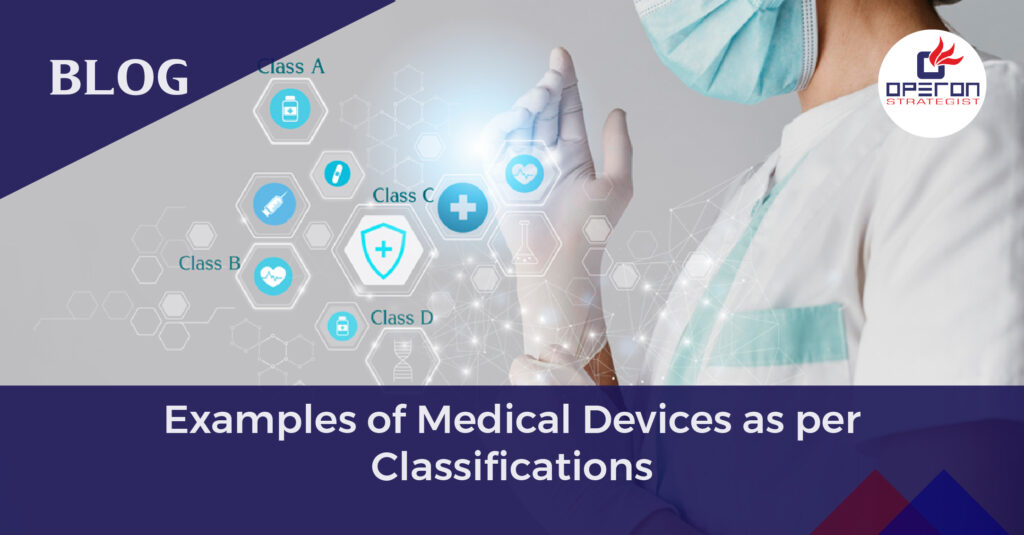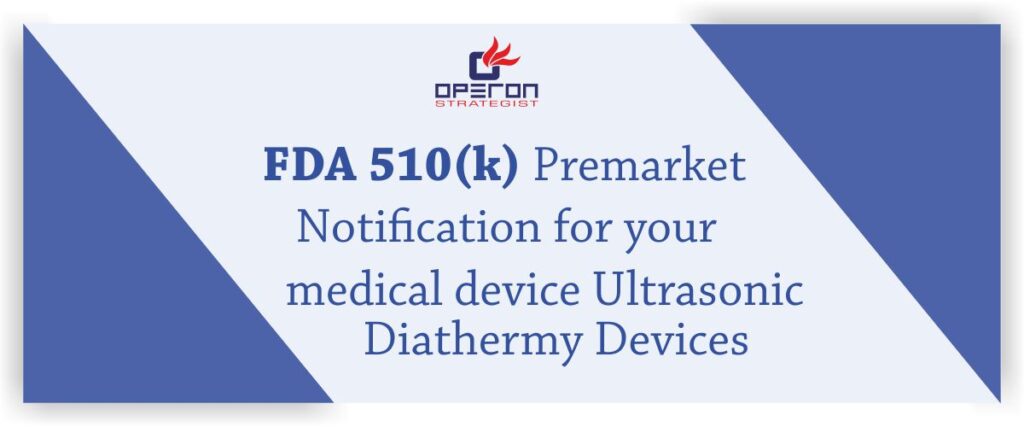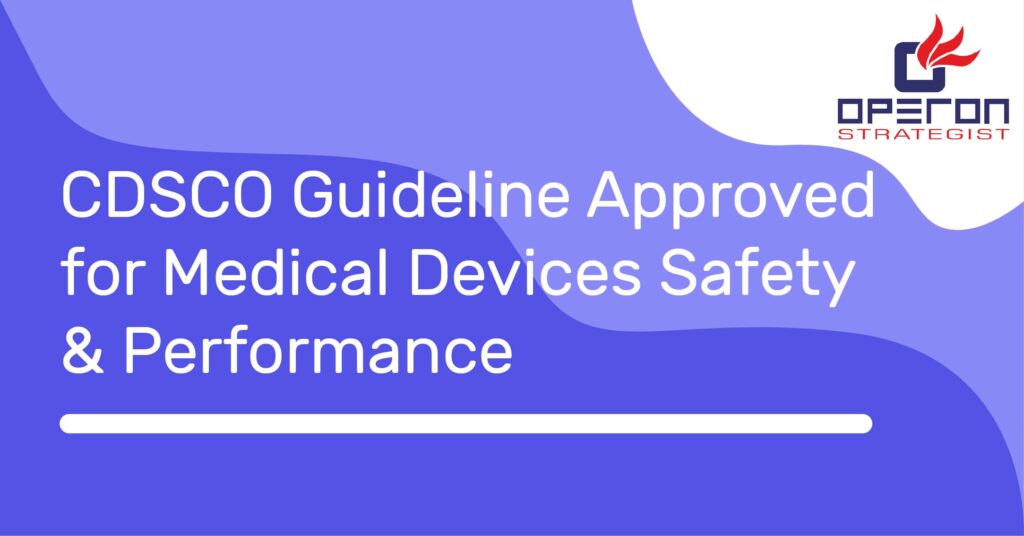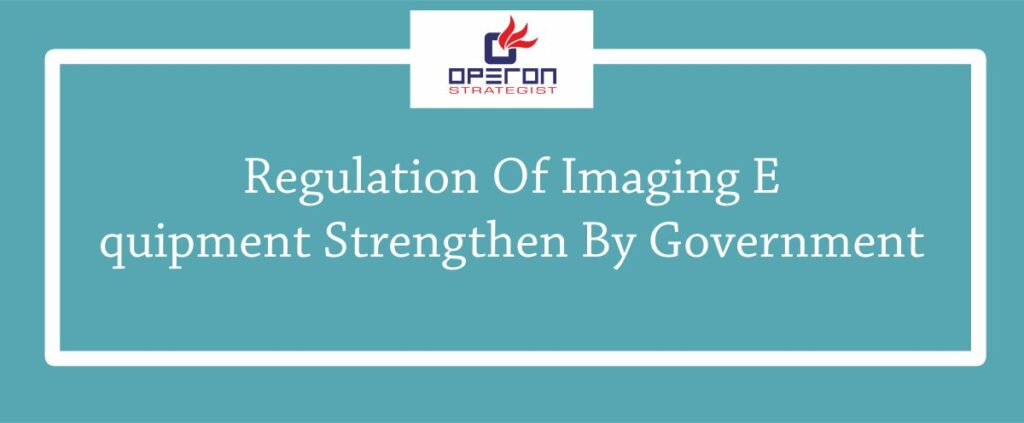Examples of Medical Devices as per Classifications
Medical device classification is a system used to categorize medical devices based on their level of risk and intended use. Classification systems vary across different regions, but they generally take into account factors such as the potential harm to patients, the invasiveness of the device, and the duration of its contact with the body.
The classification of a medical device has significant implications for regulatory processes, including conformity assessment, quality system requirements, and post-market surveillance. It determines the level of scrutiny and the type of documentation required for market approval.
CDSCO Medical Device Classification
The Central Drugs Standard Control Organization (CDSCO) in India classifies medical devices into different categories based on the level of risk associated with their use. Here are some examples of medical devices classified by the CDSCO, grouped by their respective risk classes:
Class A (Low Risk):
- Non-powered surgical instruments (e.g., forceps, scalpels)
- Stethoscopes
- Thermometers
- Walking aids (e.g., canes, crutches)
- Bandages and dressings
- Elastic stockings
- Spectacles and contact lenses
Class B (Low to Moderate Risk):
- Blood pressure monitors (non-invasive)
- Hypodermic needles and syringes
- Condoms
- Nebulizers
- Hearing aids
- Wheelchairs
- Surgical gloves
Class C (Moderate to High Risk):
- X-ray machines
- Defibrillators
- Hemodialysis machines
- Anesthesia machines
- Blood glucose monitors
- Cardiac monitors
- Ventilators
Class D (High Risk):
- Implantable cardiac pacemakers
- Implantable prosthetic devices
- Heart valves
- Neurostimulators
- Implantable infusion pumps
- Artificial organs
- Orthopedic implants
It is crucial to note that above list is not exhaustive and that CDSCO has classified various medical devices under each risk class. The classification of medical devices may vary in different countries, and it’s always best to consult the specific regulations and guidelines of the regulatory authority in your region.
Read more about CDSCO Classification for Medical Devices
FDA Medical Device Classification
The Food and Drug Administration (FDA) of the United States categorizes medical devices depending on the amount of risk associated with their usage. Here are some examples of medical devices classified by the FDA, organized by risk class:
Class I (Low Risk):
- Bandages
- Surgical gloves
- Tongue depressors
- Dental floss
- Manual stethoscopes
- Bedpans
- Crutches
Class II (Moderate Risk):
- Powered wheelchairs
- Blood pressure monitors
- Pulse oximeters
- X-ray machines (non-portable)
- Contact lenses
- Powered breast pumps
- Electrocardiography (ECG) devices
Class III (High Risk):
- Implantable pacemakers
- Defibrillators
- Ventricular assist devices (VADs)
- Artificial hearts
- Orthopedic implants (e.g., hip and knee replacements)
- Automated external defibrillators (AEDs)
- Infusion pumps
It is important to note that this is not an entire list, as the FDA has classified numerous medical devices under each risk class. Medical device classification varies by nation, so it’s always a good idea to check the specific regulations and recommendations of the regulatory authority in your region, such as the FDA in the United States.
Read more about FDA Medical Device Classification
CE Medical Device Classification
Medical devices are classified by the European Union (EU) using the Conformité Européenne (CE) labeling system. The CE mark certifies that medical equipment fulfils all applicable regulatory standards for safety, performance, and quality. Here are some examples of CE-classified medical devices:
Class I (Low Risk, Non-Sterile, Non-Measuring):
- Bandages and wound dressings
- Surgical masks
- Non-invasive blood pressure cuffs
- Dental instruments
- Walking sticks and crutches
- Contact lenses
- Hearing aids
Class II A (Low to Medium Risk):
- Surgical gloves
- Hypodermic needles and syringes
- Nebulizers
- Ultrasound equipment
- Electrocardiography (ECG) monitors
- Intraocular lenses
- Powered wheelchairs
Class II B (Medium to High Risk):
- X-ray machines
- Defibrillators
- Hemodialysis machines
- Infusion pumps
- MRI scanners
- Implantable devices (e.g., pacemakers, prosthetic joints)
- Anesthesia machines
Class III (High Risk):
- Artificial hearts
- Cardiovascular stents
- Ventricular assist devices (VADs)
- Implantable neurostimulators
- Implantable drug delivery systems
- Active implantable medical devices
- Advanced diagnostic imaging equipment
Please keep in mind that this is not an entire list, and that several medical devices fall under each CE class. Medical device classification is subject to change and may differ between countries. For accurate and up-to-date information about CE-classified medical devices, it is always preferable to reference the relevant regulations and guidelines of the regulatory body in your region.
Know more about Medical Device Classification EU MDR
With Operon Strategist, Your Trusted Medical Device Regulatory Consultant, you may achieve regulatory compliance and accelerate market access!
Are you a medical device maker attempting to negotiate the ever-changing regulatory landscape? Do you require specialist advice to ensure compliance and accelerate your market entry? There is no need to look any further! Operon Strategist is here to assist you in achieving regulatory success.
Read more about Clarity on the Classification of Medical Devices
Why Choose Operon Strategist?
- Extensive Regulatory Expertise
- Tailored Solutions for Your Success
- Comprehensive Services
- Global Reach
Don’t let regulatory obstacles get in the way of your achievement. Contact Operon Strategist immediately to arrange a meeting with one of our expert medical device regulatory experts!

-
Operon Strategisthttps://operonstrategist.com/author/snehal/
-
Operon Strategisthttps://operonstrategist.com/author/snehal/
-
Operon Strategisthttps://operonstrategist.com/author/snehal/
-
Operon Strategisthttps://operonstrategist.com/author/snehal/




